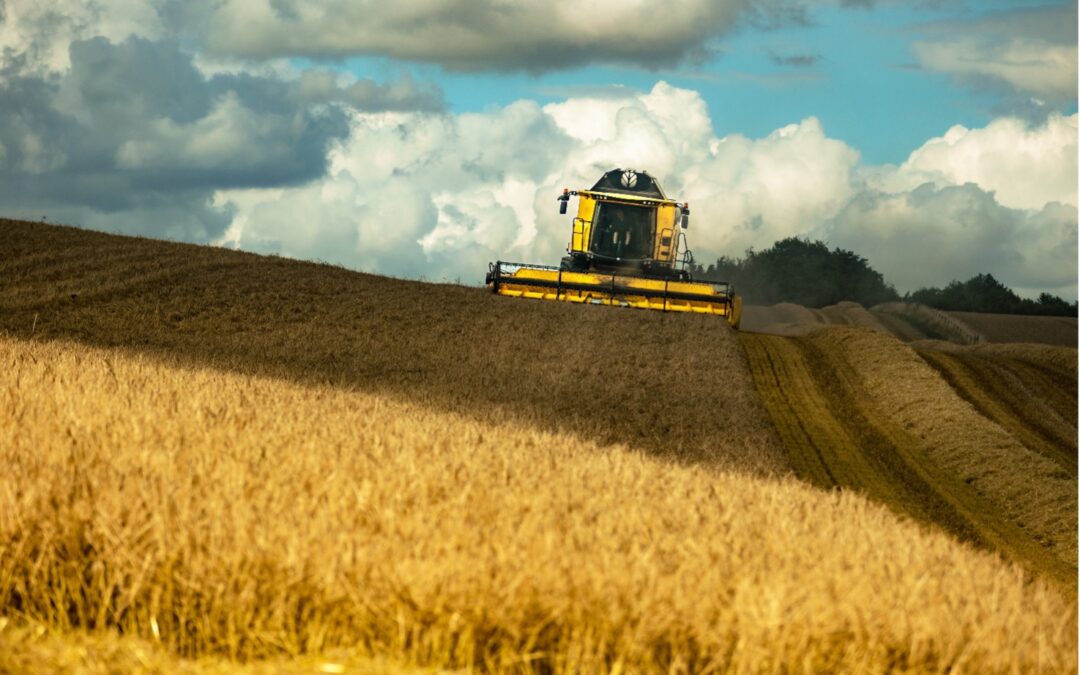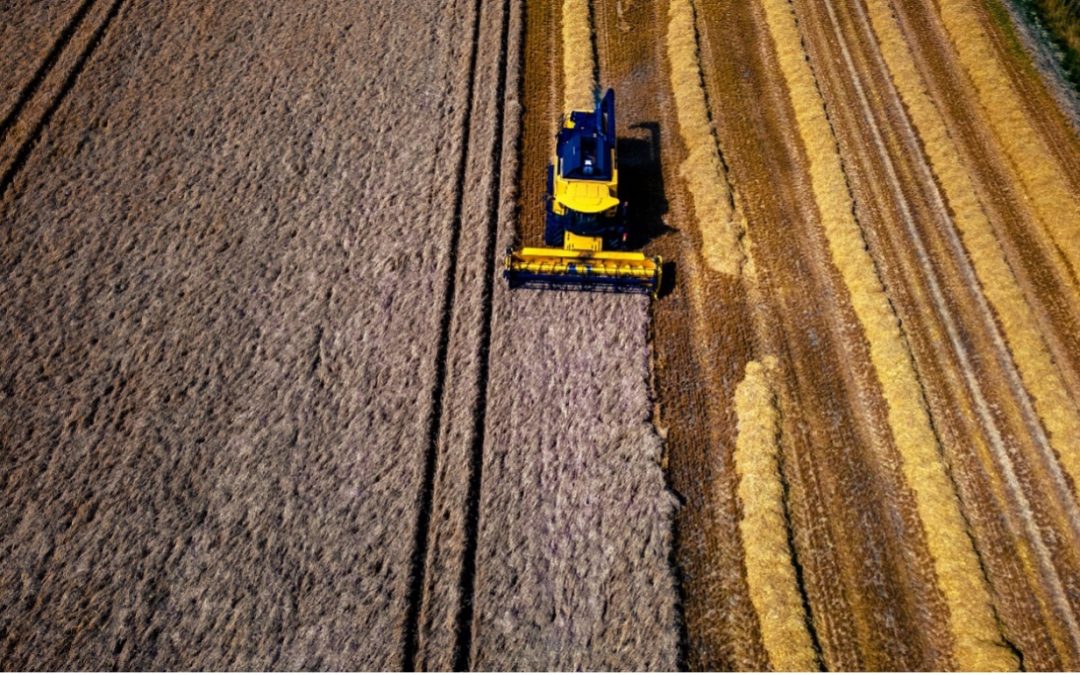
Edition 54: Friends of Warminster Maltings

What Goes Round…
Earlier this summer, the announcement by Marston’s, the brewers, that after 190 years, they are to cease brewing (in order to concentrate on their pub business), drew howls of protest from the likes of CAMRA. I, for one, am not sure I understand why!
Back in the day, Marston’s Pedigree beer was a superb pint, as were the beers from Bank’s Brewery in Wolverhampton, and Jennings Brewery in Cumbria, both of which eventually ended up under the Marston’s umbrella of ownership.
But that amalgamation was the point at which brewing “moved on” from the dedicated and passionate vocation it had been forever, to a more economic model. Brewing “up to a standard” appeared to give way to brewing “down to a price”, in the belief that to most people the cost of a pint meant more than the taste of a pint.
That this has then led to Marston’s eventual exodus from brewing is surely something their directors perhaps ought to be deeply embarrassed about?

But what an opportunity for our Craft Brewing sector! A chance for them to give us back the likes of “Pedigree” and ‘Banks’s Mild”. Straight forward beers with real body, the archetypical “liquid bread”! And beers with a name that fits the contents of the glass and invites indulgence. All the statistics tell us that these are the beers that make up the overwhelming majority of our consumption. How extraordinary that the ‘big boys’ are moving out. It would be even more extraordinary if Craft Brewers did not move in!
Harvest Review

Starting with Winter Barleys, the first samples were a little bit thin, but quickly improved as the bulk of the crop manifested itself. The variety Craft (we do not malt that at Warminster) produced some very low grain nitrogen’s, less than 1.40%, unsuitable for brewing. Maris Otter, on the other hand, has delivered exactly what we want, nitrogens ranging between 1.40 – 1.60%.
The Spring Barleys across the south of England have, for the most part, proved to be the cereal crop of the year. Respectable yields of plump barley grains, textbook nitrogen content (1.40 – 1.65%) all harvested in very warm and dry conditions, so the grain is safe. Further up country, the harvest continues.
So, as far as Warminster Maltings is concerned, our malting barley “reservoir” is all good for another year, and at prices in line with 2023.
Teas in the Garden
For years, these events have been about welcoming our friends and neighbours to enjoy the beauty of the maltings buildings and garden. This year, we’re also raising funds for a local charity, and we’ve chosen Alzheimer’s Support, specifically the Warminster Day Club at The Old Silk Works, just around the corner from us.
So far, we’ve raised an amazing £685! We’re hoping our final ‘Tea in the Garden’ of the summer will help us add even more to the total.


Heritage Tours
Heritage Open Days are run across England every September, and we have always gladly taken part in this event, to celebrate our history. Therefore, we were terribly disappointed to have to pull out this year due to circumstances beyond our control.
Though now not officially part of Heritage Open Days, due to the timing, we have decided to run 2x tours on Friday 11th October, one at 11am and one at 2pm. Fortunately, a good number of people booked on the original tours have been able to reschedule but there are still a few places remaining.
If you would be interested in seeing inside our beautiful Listed Grade II building, dating from mid-19th century, and learning about the traditional floor malting process, you can book through Warminster Town Council on 01985 214847 or admin@warminster-tc.gov.uk
Finished at Last!

It has taken 23 years, and our restoration of the Maltings is finished.

Robin Appel
& Lisa Conduit












